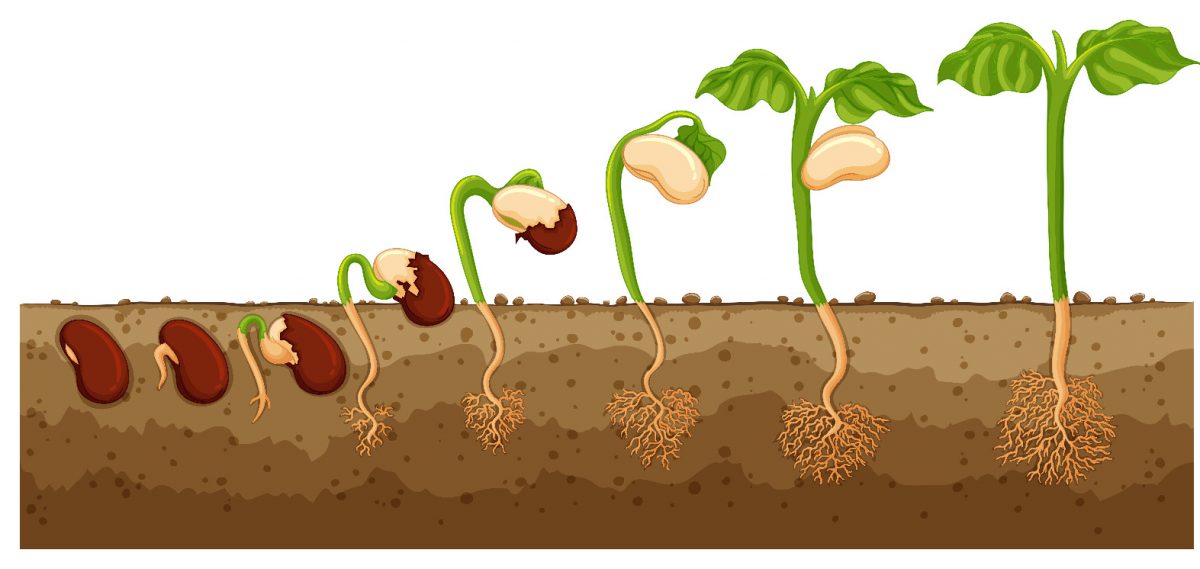 Have you ever felt the joy of growing a plant from a seed that you planted? Have you ever felt the excitement of watching the fruit grow and ripen over the course of several days? How would you feel if you were to cut the fruit open and find that it was nothing like the original fruit from which you took the seed?
Have you ever felt the joy of growing a plant from a seed that you planted? Have you ever felt the excitement of watching the fruit grow and ripen over the course of several days? How would you feel if you were to cut the fruit open and find that it was nothing like the original fruit from which you took the seed?
Perhaps, you might feel the same way that you would if you had watched an individual sprout and bloom into something beautiful, only to find that they had not truly become what they were meant to be, or rather, what they were expected to be.
Being a part of someone’s growth is a thrilling feeling. The effort and energy placed into their development will almost always manifest in the skills they develop and the person they become. However, what happens when you add expectations into the mix?
Recently, I discovered that most produce is not ‘true to seed’. This means that if you were to enjoy a particularly tasty fruit and plant its seed, it would rarely produce a fruit identical in taste or even appearance to the original. This is because the quality of a fruit only depends partially on the plant where it grows.
The other part is determined by the pollen that fertilises the flower from which it grows. Since genetic material is contributed by both the pollen and parts of the flower, the final product can be completely different from the original. This is not necessarily a bad thing, as the fruit can also end up being better than the previous one.
However, this randomness can be unappealing for some individuals, like grape farmers who might get an entirely different type of fruit than the parent plant if they grew plants from the seed. This is why they grow plants by propagation, that is, from cuttings of the parent plants.
This will ensure that the fruit that the new plant produces is identical to the original. Once more, uniformity is not necessarily a good thing either. The whole reason why plants have gained the ability to create seeds that are completely different, is so that if there are any dangers in the environment that affect plants with specific traits, then the species will not completely die out in the area. The seeds will ensure that there are plants without those targeted traits; those plants might be resistant to that danger.
We tend to place expectations on young people and children that can end up harming them in the long run. We may associate them with their family or the environment that they came from and expect them to bear traits that validate these associations. In truth, children will almost always break expectations and become different in many ways. Although this may involve adopting both positive traits and negative ones, these differences are what will help them to thrive in our changing world that favours varying skills and attitudes at varying times. We may soon find that the joy of being part of our children’s growth does not lie in helping them be true to the expectations placed on them, but rather in letting them be true to their abilities and their dreams.






